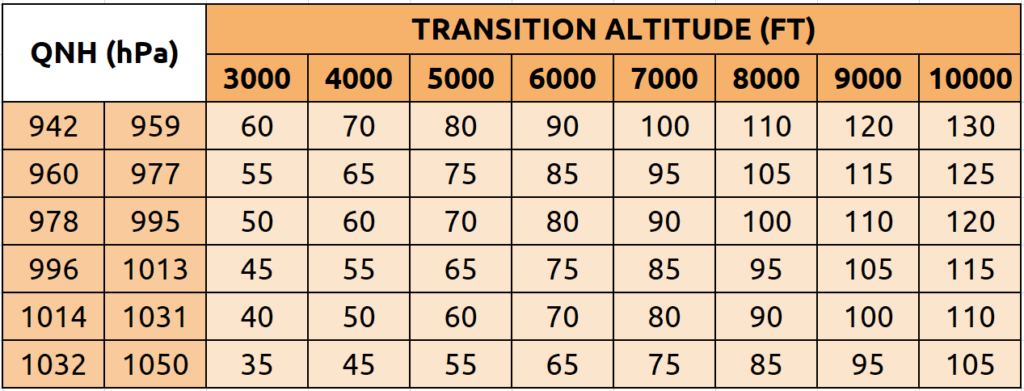
Welcome back to another VATSIM SOAR! In this SOAR Article we’ll discuss Altimetry, the difference between Transition Altitude and Transition Level and when to set your altimeter subscale to Standard (aka 1013.25 hPa or 29.92 inHg or QNE) or QNH.
Altimetry is the method by which altitude is measured above a reference point. This measurement is fundamental to aviation, providing pilots with their vertical position in the airspace. It allows aircraft to maintain vertical separation with each other as well as enable terrain avoidance, depending on what is set in the altimeter subscale.

Transition Altitude (TA) is the altitude at or below which QNH is to be set on an altimeter. The vertical position of an aircraft at or below TA is expressed in terms of altitude (feet). When you set your altimeter to the local QNH, your altimeter will indicate the altitude above Mean Sea Level (MSL).
Transition Altitudes are published in the SID & Approach Charts of an airport. This is a fixed value. For example, in the United States, the TA is 18,000 feet, while in Europe, it ranges between 3,000 and 6,000 feet depending on factors like airport elevation & nearby terrain.
Transition Level (TL) is the lowest flight level available for use above the Transition Altitude. At and above Transition Level, vertical position is expressed as a Flight Level (FL). In some regions, Transition Level is a fixed value and published in the STAR or Approach charts (eg, in the US, the TL is FL180), whereas in most regions it varies depending on the TA and the QNH of the airport at that particular time. In such airports, the TL will be published in the ATIS. You can also refer to the table below to determine the TL.

Between the Transition Altitude and Transition Level lies an airspace which is called Transition Layer. This exists to give a buffer between the aircraft transitioning from local pressure (QNH) to Standard pressure setting.
Aircraft are not allowed to level off in this airspace because depending on whether an aircraft is climbing or descending through the transition layer, they’ll be measuring their vertical position either from local QNH or STD because of which vertical separation cannot be guaranteed.
So, to summarize:
1. When flying at or below Transition Altitude, you must set the local QNH in your altimeter. All altitudes at or below TA are expressed in terms of feet.
2. Transition Layer is the airspace between Transition Altitude (TA) and Transition Level (TL).
- When climbing through the Transition Layer, set STD in your altimeter and express your vertical position in terms of Flight Level (FL).
- When descending through the Transition Layer, set QNH in your altimeter and express your vertical position in terms of altitude (feet).
